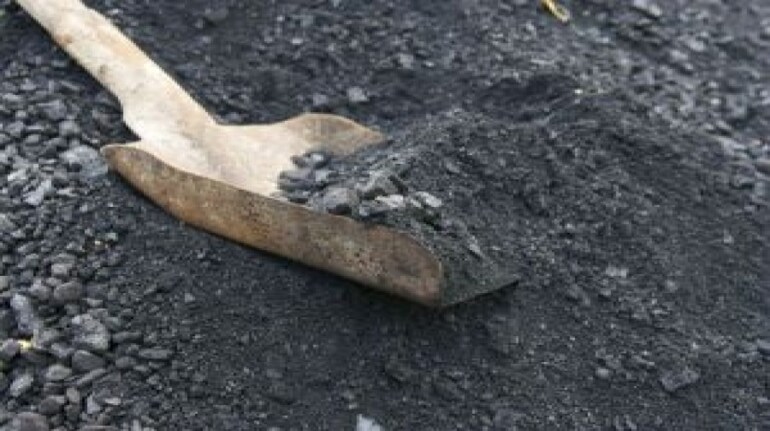
The rollout of the National Coal Index (NCI) has brought about a shift by bringing in much-needed transparency in coal mining, a sector often plagued by controversy and charges of corruption.
The decision to open the coal sector for commercial mining, implementation of the National Coal Index (NCI) and auction of coal blocks will help the country save around Rs 80,000 crore per year on import by boosting production, experts say.
The setting up of the coal index has fuelled the demand for a national mineral index, which insiders say will help the sector become competitive, open and also give small mining companies a chance to grow.
“NMI is a thought in the right direction. It will increase transparency and liquidity of the mineral markets in India, which will have consequences for deepening the mineral markets,” said Niladri Bhattacharjee, Partner-Metals & Mining, KPMG in India.
As the country gingerly resumes business activity after a prolonged lockdown and look to be “self-reliant”, the mining sector, hemmed in by red tape and political indifference, will play a crucial role in getting the economy back on track.
With abundant reserves of bauxite and coal, India has the potential to be self-sufficient, competitive and emerge as a global alternative to China, which is the world’s biggest producer and consumer of the fuel, say experts.
India has the world’s fourth-largest coal reserves and is the second-largest consumer and producer of the fuel, bulk of which is used for power generation. While opening up coal mining to the private sector in June, Prime Minister Narendra Modi said he wanted the country to be a net exporter of coal.
The decision to allow a joint auction of bauxite and coal mines can boost the aluminium sector as well.
So, can an NMI be the gamechanger for the mining sector?
“Indian non-coal mining market (unlike in coal) for the bulk minerals is a significantly captive market and therefore historical data is available only in terms of cost or transfer price in the MCDR (Mineral Conservation and Development Rule filings,” said Bhattacharjee.
These numbers were used by the Indian Bureau of Mines (IBM) to publish prices for some minerals and several minerals were not covered, he said.
In the case of co-occurring and trace minerals, it did cause revenue-loss. As India embarks on expanding mining activity, it needed reference indices.
“However, in my view, we need to start with iron ore, which has more commercial mining than most minerals,” he said, adding metallurgical grade bauxite and cement-grade limestone could be taken up along with some other minerals by 2030.
For trace minerals, it was important to take inputs from organisations like the National Metallurgical Laboratory and Institute of Minerals & Materials Technology, said Bhattacharjee.
According to experts, a National Mineral Index on the lines of NCI can prove to be a policy tool that can propel the sector to new heights.
“The formation of a national mineral index will be very positive from the policymaking point of view, as they will be able to do benchmarking. It will be a good reference for the market participants,” said Kunal Shah, who is the head of commodities at an online trading company Nirmal Bang.
On the effect it will have on the companies, Bhattacharjee foresees two approaches.
“The National Coal Index is proposed to be implemented through a central agency (like a Coal Controller), whereas there is also an option about a mineral/commodity market place/exchange being created, which will have its index based on transactions done on it,” he said.
Such markets generally handle short-term contracts compared to the long-term contracts prevalent in the Indian market, with prices being adjustable on a monthly or longer basis.
“We may see the e-auction markets (say, like the ones for iron ore and chrome ore in Odisha or iron ore in Karnataka) migrating to such marketplaces over time. For most of these minerals (and also coal), we have dealt with single seller—multiple buyer scenarios all this while through the auctions,” he said.
A lot of changes would have to be carried out if India were to move towards a multiple seller-multiple buyer scenario.
NCI has provided the foundation, wherein transactions from all channels are captured and principals of periodic publication (every two months) allow the bidders to bid judiciously with a transparent process in place, clearly defining the mineral valuation, the extent of revenue share and subsequent payment of royalty and other taxes, experts said.
Acknowledging the nature and consumption of Indian coal, which is different from the global pattern, NCI has refrained from linking it to international indices.
Likewise, the national mineral index can help in resolving difficulties faced by miners and states in the auction of limestone and bauxite blocks, resolve concerns of royalty and other taxes. It can also provide a benchmark solution to current ambiguities in the average sales price system and prevent illegal mining, experts say.
Discover the latest business news, Sensex, and Nifty updates. Obtain Personal Finance insights, tax queries, and expert opinions on Moneycontrol or download the Moneycontrol App to stay updated!